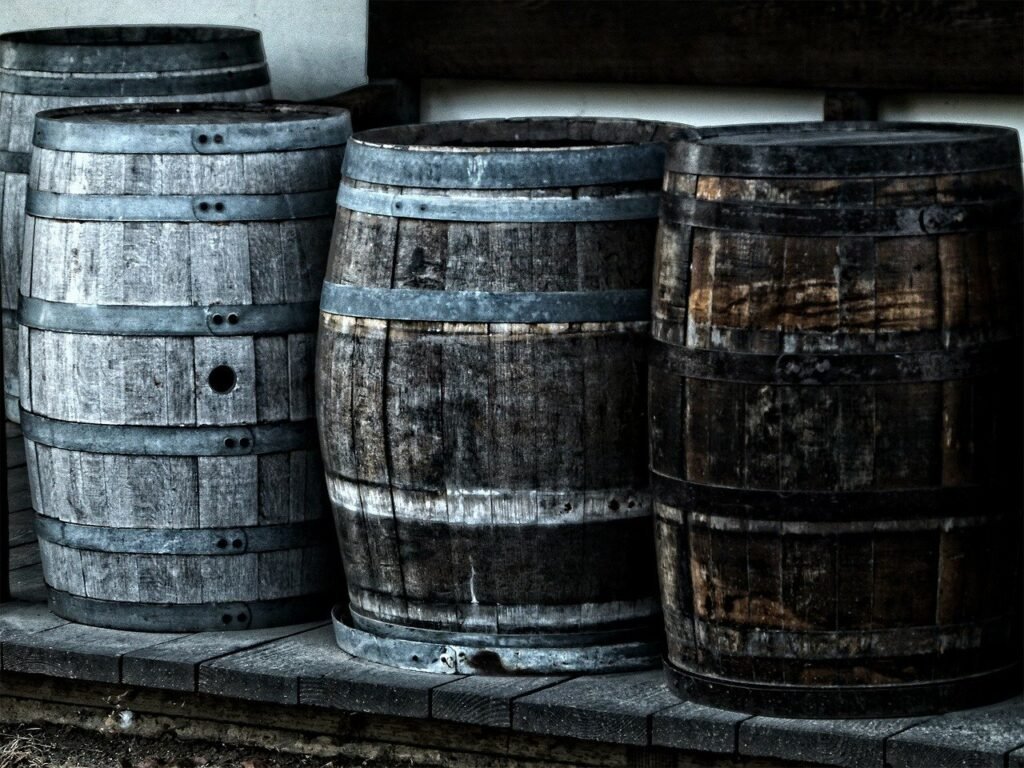By livemint.com
What is whisky?
Let’s begin with the basics. Scottish distilleries have long set the bar and tradition for whisky production. It’s a robust process which requires scientific mastery. It starts with fermenting a grain for alcohol and ends with maturing the liquid in a wooden cask. Although standards and regulations can vary between countries, this is the basic overview of whisky production.
Single malt versus blended
Both Amrut and Paul John have single malts. These are produced in one distillery with a specific grain: barley. Barley is first germinated (or malted) with yeast to turn the starch into a sugar. Putting together two or more of these single malts from various distilleries makes (as you might have guessed) a blended malt. What’s the difference? A single malt is known for a particular taste or aroma that comes with the unique preparation method or terroir. These characteristics are considered iconic by whisk lovers whether it is woody, nutty or fruity flavour defined by a ‘heavy’ taste that feels rich on the palate. A blended whisky can be comparatively lighter or smoother.
There is yet another major dividing line between whisky drinkers and that has to do with the smokey scent that some contain. To stop the germination process, distillers might burn a compound known as peat. It is the slowly decomposed plant material found in bogs, usually thousands of years old.
Grain whisky
Any grain other than barley falls into this bracket. Using only one grain gives the bottle a ‘Single Grain’ tag. Corn makes the vanilla-scented smoky bourbon of the US. Canadian rye whisky is known to be a bit spicier. Meanwhile, Irish and Japanese distilleries tend to closely follow the Scottish magic of turning barley into booze, with a local twist.
Barrels and ageing
As the grains ferment and then distilled in copper pots, the residual liquid solution would be clear and colourless. The last step of the process packs the alcohol into wooden barrels where they mature, strengthening in potency and absorbing the tastes, colour and aromas of the wood. The time spent in this stage is usually recorded as ‘Age’ on whisky labels. For blended bottles, that age tag would indicate the youngest of the lot.


But, due to varying heat and humidity (especially in a place like India) it is believed that whisky here matures faster. In Scotland, the evaporation rate is around 2%, while in both Goa and Bengaluru it can be close to 10%. It is for this reason, the age on a label depends on the environment, and experts find it more reliable to compare ages within the same region than have a standard global measure.
While buying whisky, most consumers either go by the brand name, price or look. But none of these may indicate the nuances of the making process. For instance, we shouldn’t judge a bottle by its color, as sometimes an ingredient, such as caramel, is added to give it a rich amber look. Both spokespersons from Amrut and Paul John say that the true test of whisky lies in personal taste preference. Pick what you enjoy, and experiment to expand your palate. The only way to be sure about your favorite bottle is to try them all.


